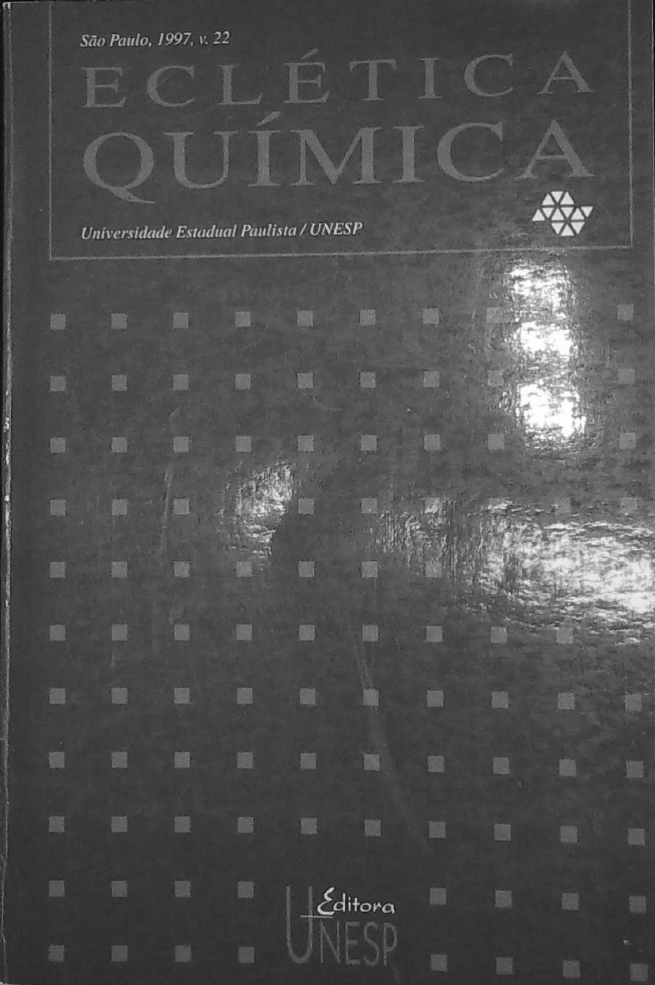Abstract
In this paper, we carry out a study on the process of sorption of lead in polluted waters using natural zeolites, with the objective of analyzing their behavior in the purification of water.Experiments are carried out under static and dynamic conditions to determine the influence of other metal ions, such as: Ca (II), Mg (II), K (I) and Na (I), on this process. We demonstrate that the affinity of Pb (II) with regard to zeolite is higher than that of the ions mentioned above. It allows us to use this material in the capture of lead in residual waters. A lineal model of regression was obtained using a computer program called Eureka which relates the capacity of interchange of zeolite with respect to the concentration of the metal ions present in waters. We also studied the selectivity of zeolite in the process of sorption of Pb (II) compared with other heavy metals like Zn (II) and Cd (II).The results achieved in both cases increase the expectancy about the usage of zeolite as a low cost material for purifing waters.
References
ASSENOV, A. et al. Simultaneous sortion of metal ion on natural zeolites. Sofia: Bulg. Dep. of Chem. Techn., 1988.
BOCKRIS, J.O.M.(Ed.). Environmental Chemistry. New York: Plenum, 1982.
GABOURY, B. Clean technique measurement of Pb Ag and Cd in freshwater : A redefinition of metal pollution. Environ. Sci. Technol., v.28, n.11, p.1987-91, 1994.
KOKOTOV, Y. A. Ioniti i ionni obmen. Ed Jimiskaya, 1980.
MOORE, J. W., RAMAMORTHY, S. Heavy metals in natural waters. New York: Springer Verlay, 1984, p.114.
MOREIRA, R. V. Thesis. Department of Chemistry. The University of Camaguey, Cuba, 1990.
ROBBINS, S. Patologia estructural y funcional. 3.ed. Pueblo y Educacion, Cuba, 1985.
ROQUE, M. R. Fisica quimica de las zeolitas. Cuba: MES, Havana, 1988.
SABEHA, K.O., CHEESEMAN, C., PERRY, R. Effect of conditioning and treatment of chabazite and clinoptilolite prior to lead and cadmium removal. Environ. Sec. Technol., n.27, p.1108-16, 1993.

This work is licensed under a Creative Commons Attribution 4.0 International License.
Copyright (c) 2018 Eclética Química Journal








